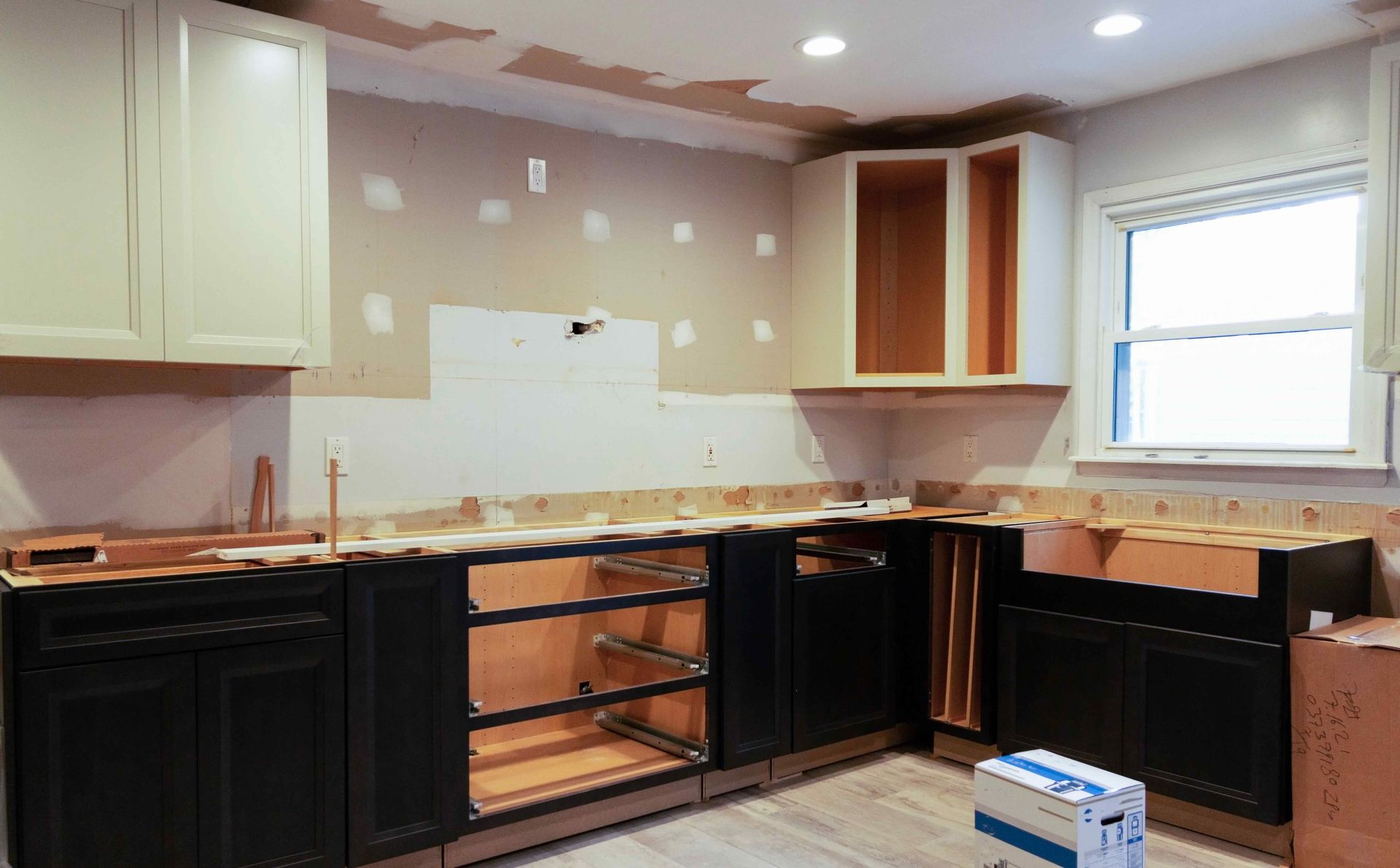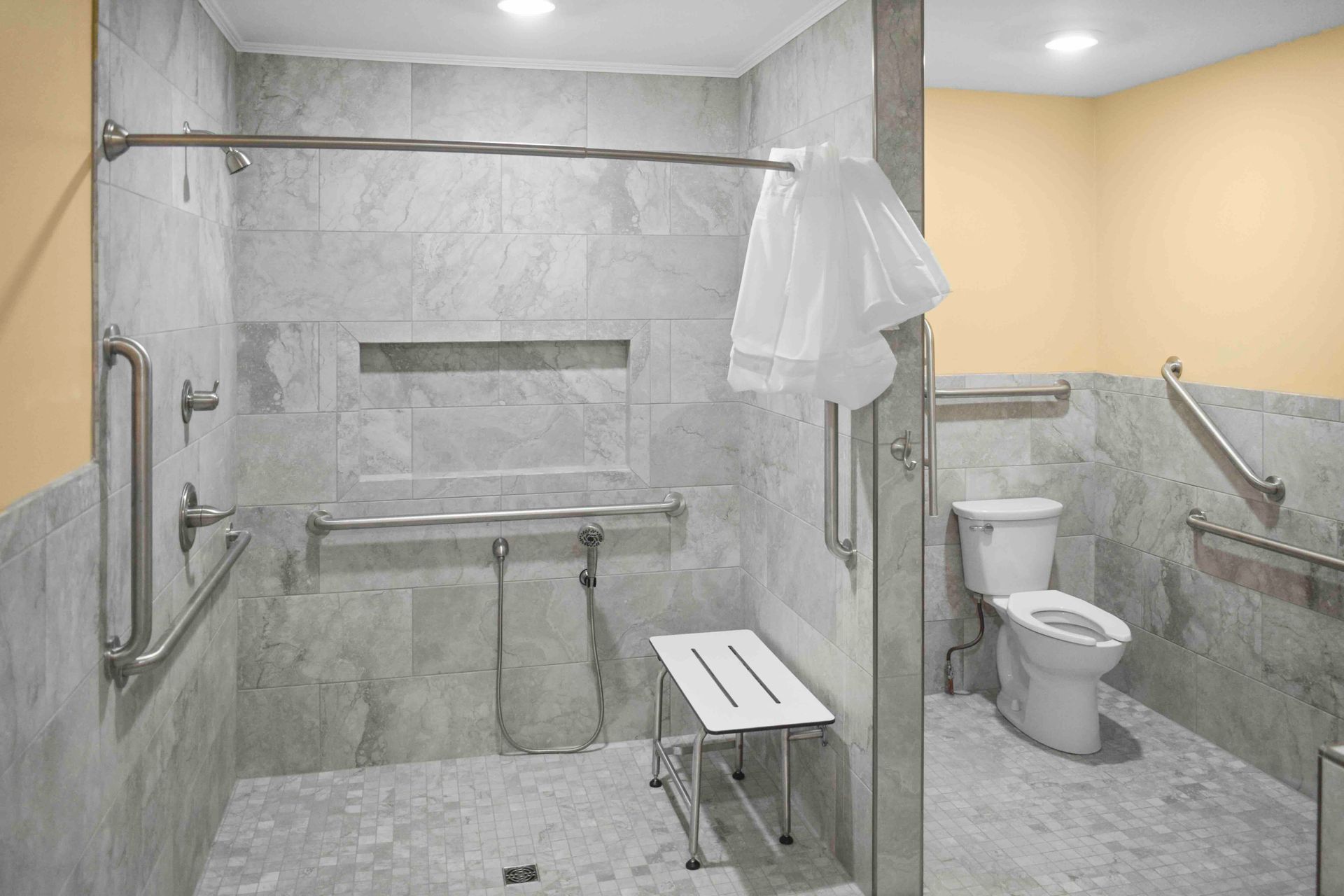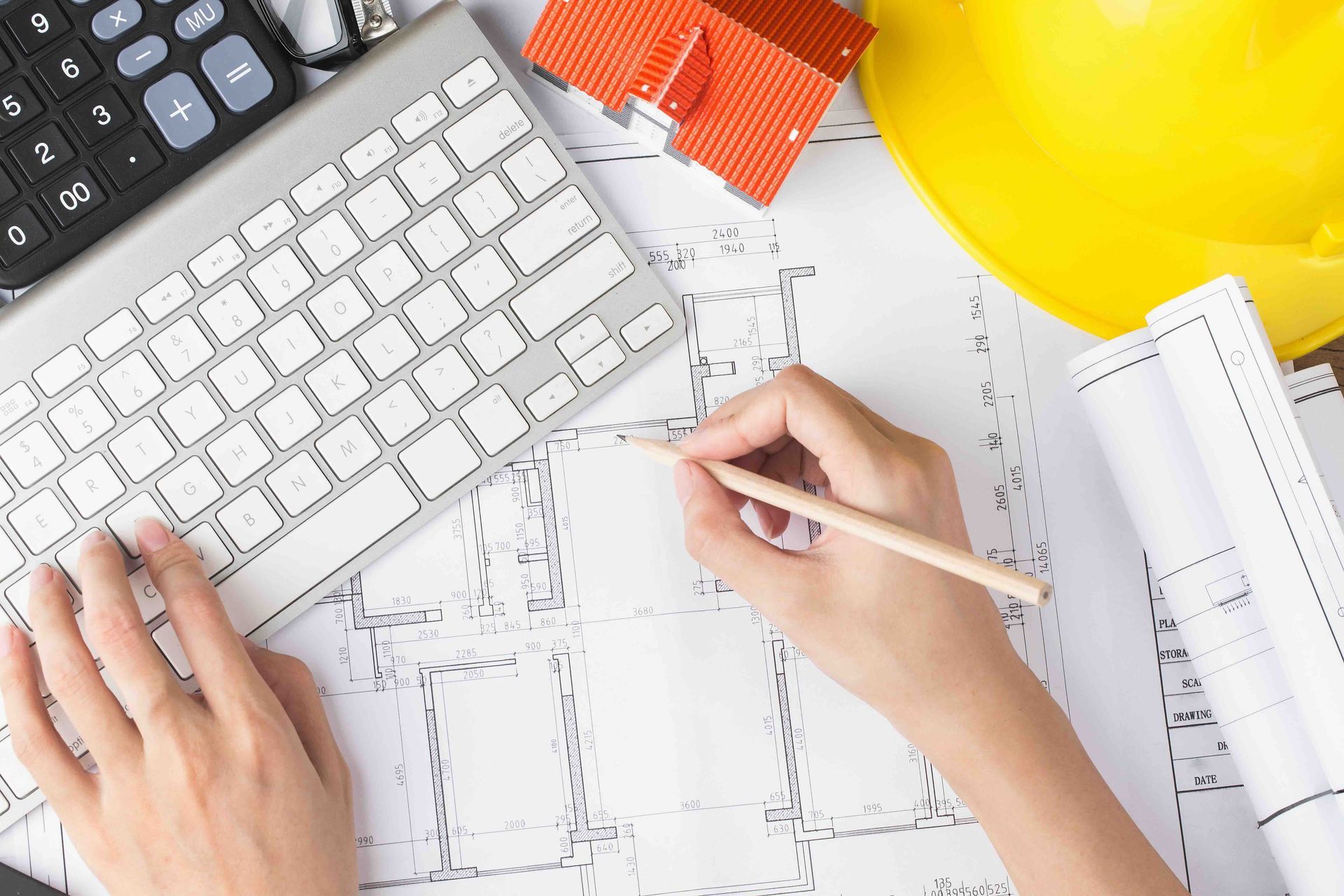The Homeowner’s Checklist for Accessibility in Michigan
Ensuring home accessibility is essential for creating a safe and comfortable living environment. This homeowner’s checklist focuses on practical solutions to improve accessibility, including making spaces handicap accessible to accommodate all needs within Michigan residences.
Creating a More Accessible Home in Michigan
Enhancing home accessibility in Michigan can significantly improve daily life for disabled individuals or those facing mobility challenges. Many homeowners invest in accessible home modifications or home modifications to create a handicap accessible environment, whether for a loved one, to support aging in place, or to provide a safer, barrier-free space for seniors and all visitors. By focusing on practical home accessibility solutions, you can design an accessible home that promotes independent living and greater ease throughout.
Are you looking for an expert resource in accessible spaces, special modifications for persons with mobility challenges, and more? Contact Lakeshore Barrier Free today.
Understanding Laws and Guidelines Around Accessibility
While the Americans with Disabilities Act (ADA) primarily addresses public buildings and commercial spaces, its accessibility standards provide valuable guidance for enhancing home accessibility in private residences. For instance, ADA recommendations regarding ramp slopes and door widths play a crucial role in promoting wheelchair accessibility and accommodating individuals with mobility challenges. Following these guidelines can help create an ADA-compliant environment that benefits all users.
Michigan’s Residential Code introduces additional requirements for new construction and home remodeling projects, particularly for multi-family units. However, many of these rules do not affect owners of existing single-family homes, allowing homeowners the flexibility to implement accessibility improvements on their own timeline. The emphasis in these cases shifts to enhancing safety, comfort, and access tailored to personal needs rather than legal obligation.
Fair housing laws at both the federal and Michigan state levels protect against discrimination and mandate reasonable accommodations for disabled individuals. Although these laws primarily address landlords, they encourage a broader commitment to maintaining handicap accessible living spaces. Individual homeowners can embrace these principles in their home remodeling efforts, fostering a more inclusive and accessible environment for everyone.
Step One: Assess Your Home’s Accessibility
Begin any home modifications by reviewing your space from entryways to bedrooms, focusing on overall home accessibility. Walk through each area as someone who uses a wheelchair or walker would, paying close attention to whether the home is truly handicap accessible. Note barriers like uneven walkways, narrow doors, or high thresholds.
- Check the main route from the driveway or sidewalk to your door. Are there steps, rough surfaces, or a need for ramps?
- Measure doorways and hallways to see if wheelchair accessibility is possible. Doors should be at least 32 inches wide and hallways 36 inches to ensure they are fully accessible.
- Look at bathroom and kitchen layouts. Is there enough room for turning and easy navigation?
- Review small but important features, such as knob style, light switches, and outlet height. These details can significantly impact someone facing mobility challenges, especially those with limited hand dexterity.
Using a room-by-room checklist helps identify where home accessibility updates and improvements are most needed.
Key Home Modifications for Improved Accessibility
After your initial review, set priorities for home modifications that will deliver the greatest improvements in access and safety. Focus first on entrances and areas used daily to maximize the impact of your home accessibility solutions.
Wheelchair Ramps
A sturdy set of wheelchair ramps at the main entrance can transform daily living for homeowners with mobility challenges. In Michigan, local weather is an important factor to consider. While wood ramps are common, they can become slippery during icy winters. Aluminum ramps, on the other hand, resist rust, provide safer footing, and require less maintenance.
For wheelchair accessibility, follow ADA-compliant guidelines with a 1:12 slope ratio—one inch of rise for every 12 inches of ramp length. For example, a step rising 24 inches would need an ADA-compliant ramp at least 24 feet long. Wheelchair ramps should also include handrails on both sides and flat landings at each end to enhance safety and comfort. Landings are essential when ramps turn corners or extend beyond 30 feet.
Some homeowners opt for DIY handicap ramp installation using kits and hardware supplies, but many prefer to hire contractors experienced in accessible home modifications to ensure proper design and durability.
Disability Lifts
Disability lifts play a crucial role in helping individuals transfer safely and independently between beds, wheelchairs, baths, and toilets. Options include mobile floor lifts that move between rooms and ceiling-mounted lifts that glide along tracks. Ceiling lifts save valuable floor space and provide smoother transfers but require strong ceiling supports and professional installation.
Choosing the right lift depends on the user’s specific needs and the home layout. A qualified home accessibility specialist or occupational therapist can guide you through selecting and installing the best equipment.
Bathroom Modifications
Bathroom modifications often present the greatest challenges but yield significant improvements when done correctly. Begin by widening doorways to at least 32 inches and replacing standard doorknobs with lever handles.
Replace traditional bathtubs or showers with barrier-free roll-in showers featuring no steps or curbs at the entry. Include fold-down shower seats and handheld showerheads to support bathing while seated. Install toilets with elevated seats and secure grab bars around both the shower and toilet area. Ensure grab bars are firmly anchored into wall studs for maximum safety.
Consider pedestal or wall-mounted sinks that allow wheelchair accessibility underneath. Position faucet handles where they are easy to reach and operate comfortably.
Kitchen Accessibility
Kitchens often require a balance of small and large home modifications to improve functionality and accessibility. Clear enough floor space to enable easy wheelchair accessibility and turning. Install counters and sinks at heights that accommodate users in wheelchairs with open space below.
Cabinet hardware should be easy to grip, such as D-shaped or U-shaped pulls. Incorporate pull-out shelves or lazy Susans to keep essentials within reach. A side-by-side refrigerator is easier to access from a seated position, while front-control stoves reduce the risk of reaching over hot burners, enhancing safety and accessibility.
By focusing on these well-planned and ADA-compliant home modifications, you can create a more handicap accessible living environment that improves safety, comfort, and independence for all family members, especially in Michigan’s unique climate.
Covering the Cost: Resources for Funding Modifications
Home modifications can come with additional expenses, but Michigan provides several financial support options to ease the burden. The Michigan State Housing Development Authority (MSHDA) offers low-interest loans specifically for home improvements, including crucial accessibility updates. Michigan’s Medicaid Home and Community-Based Services (HCBS) waivers help cover modifications that enable disabled individuals to age in place, allowing them to remain safely at home rather than moving into care facilities.
Disabled individuals who are veterans or active-duty service members should explore assistance through the U.S. Department of Veterans Affairs. Grants like Specially Adapted Housing (SAH) and Special Home Adaptation (SHA) can significantly offset home remodeling costs. Additionally, many Michigan neighborhoods feature programs run by local charities such as Habitat for Humanity or Rebuilding Together, which provide support for seniors and low-income homeowners needing repairs or accessibility modifications.
You can see resources on our financial resources website page.
Choosing the Right Professionals
Some projects, like installing grab bars, can be managed as simple DIY tasks. However, larger home modifications—such as handicap accessible remodeling, bathroom conversions, or handicap ramp installation—often require skilled contractors.
A contractor experienced in home accessibility will be familiar with Michigan’s building codes and safety standards. It’s important to choose professionals who are Certified Aging-in-Place Specialists, as this certification highlights their expertise in creating accessible home modifications. Working with a certified aging-in-place specialist ensures clear communication, respect for your input, and personalized home accessibility solutions tailored to your needs.
Companies like Lakeshore Barrier Free assist homeowners throughout Michigan communities including Grand Rapids, Holland, Muskegon, and Big Rapids. Clients value their attention to detail and dedication to building barrier-free environments that promote aging in place, helping people stay independent and safe at home.
“Lakeshore Barrier Free did a wonderful job with my mother’s ramp and bathroom. The process was easy and we felt listened to the whole time.” - Client testimonial
Moving Forward With Confidence
Improving your home’s accessibility is a valuable investment in comfort, independent living, and peace of mind for seniors or anyone needing support. Begin with a thorough review of your space, set realistic goals, and explore the home accessibility solutions and supports available to Michigan residents. With thoughtful planning and expert assistance, your home can become safer and more welcoming, allowing you to age in place while living safely and independently.
Lakeshore Barrier Free provides free consultations and practical, cost-conscious accessible home modifications for every need. Whether you require temporary wheelchair ramps, ramps, grab bars, disability lifts, roll-in showers, or a complete bathroom remodel featuring handicap accessible remodeling and bathroom modifications, our team is with you every step of the way. Contact us today to start creating a home that truly fits your lifestyle and promotes independence.
TALK TO THE EXPERTS OF LAKESHORE BARRIER FREE TODAY!
We believe that everyone should have access to every area of their home! We work directly with you to make sure that every grab bar, bathroom sink, kitchen countertop, patient lift, and more is at the perfect location for you and your loved ones. Call us at
(616) 477-2685 or email us at
Info@LakeshoreBarrierFree.com
Share this blog







